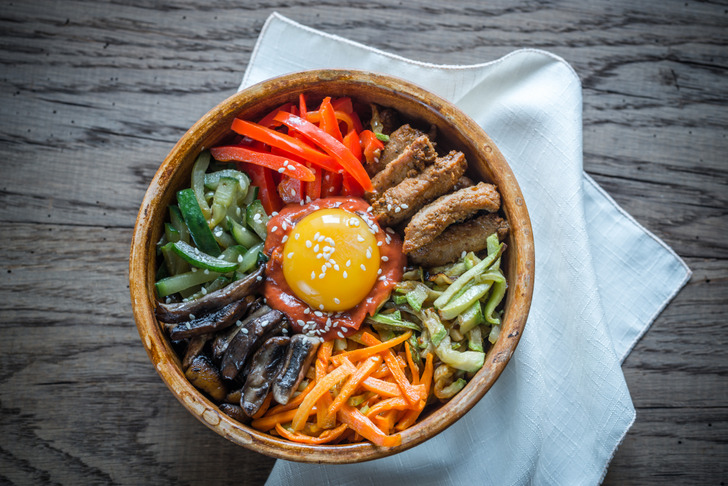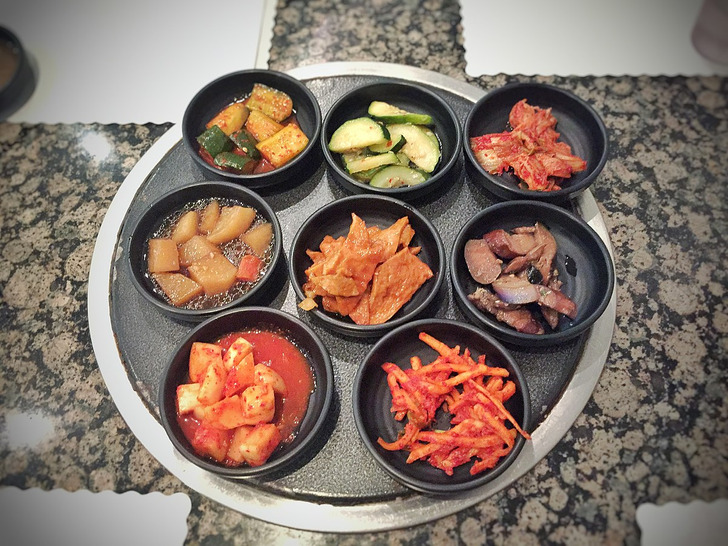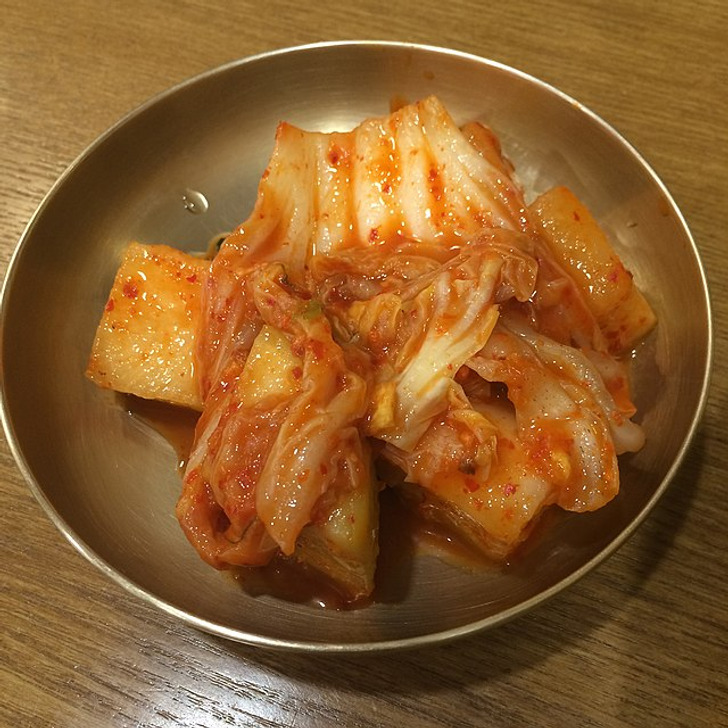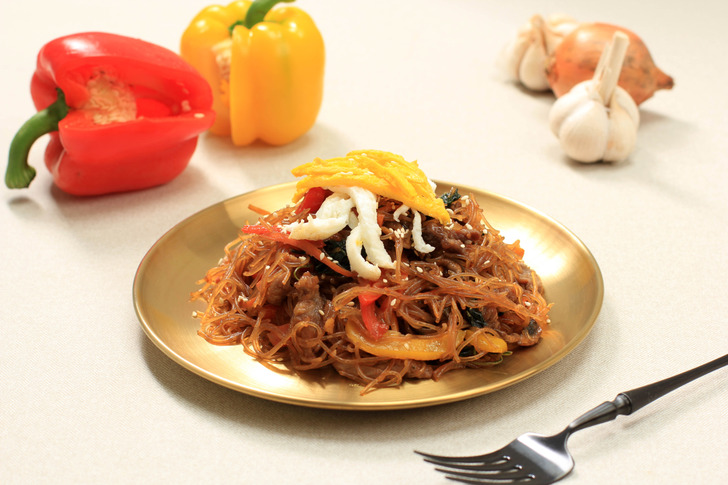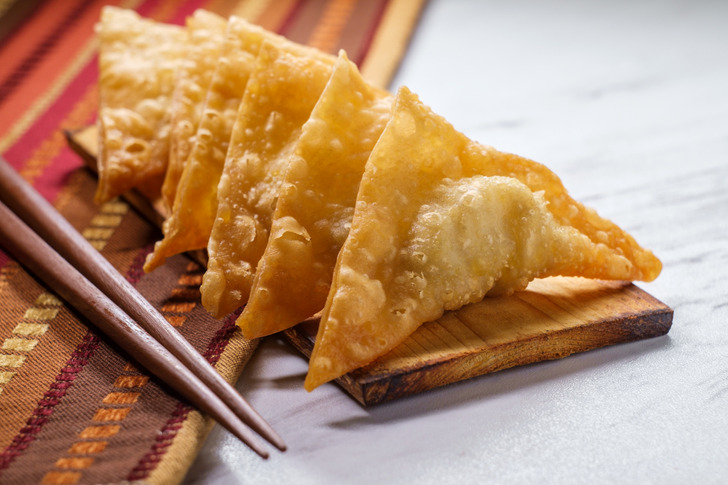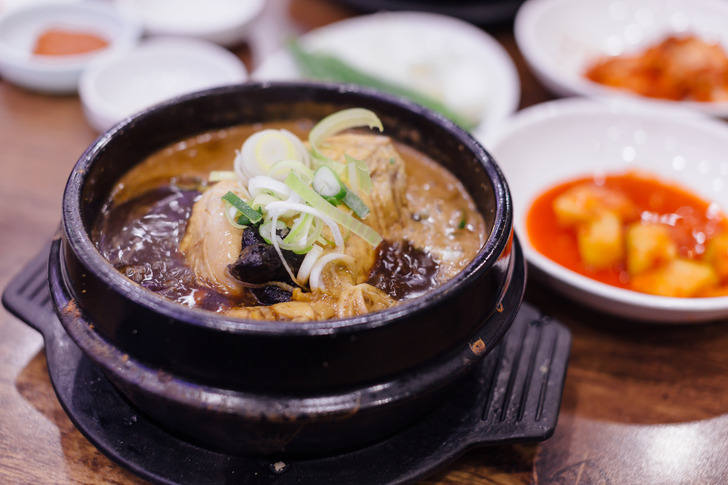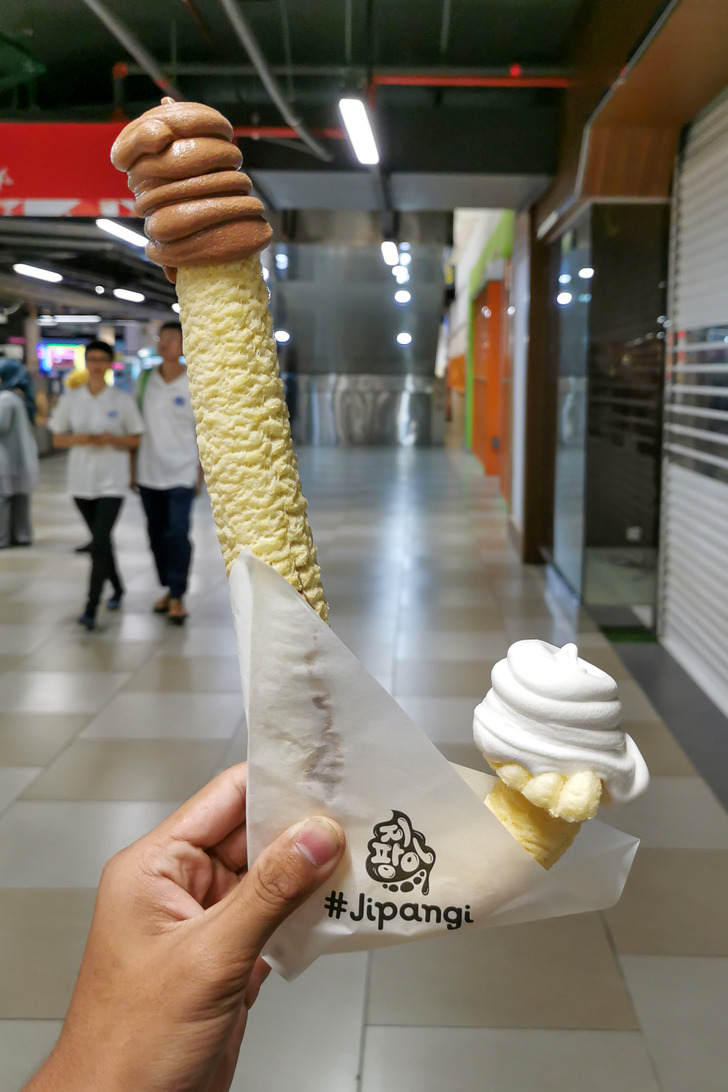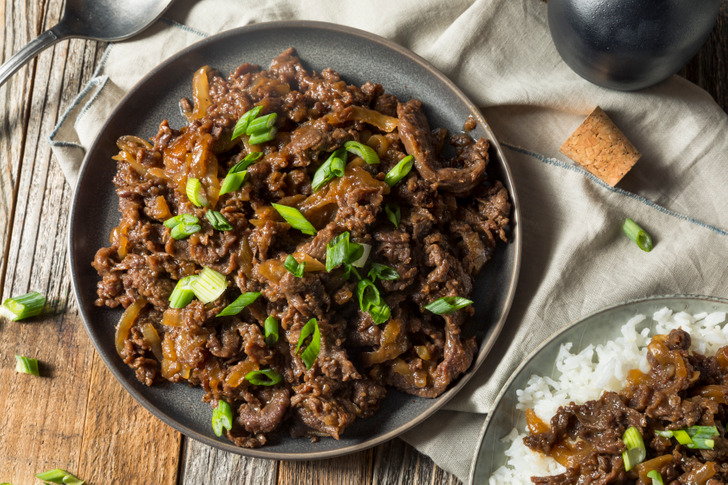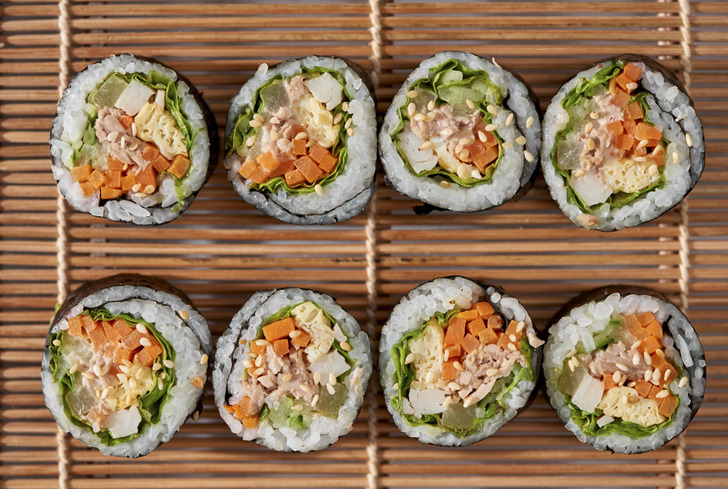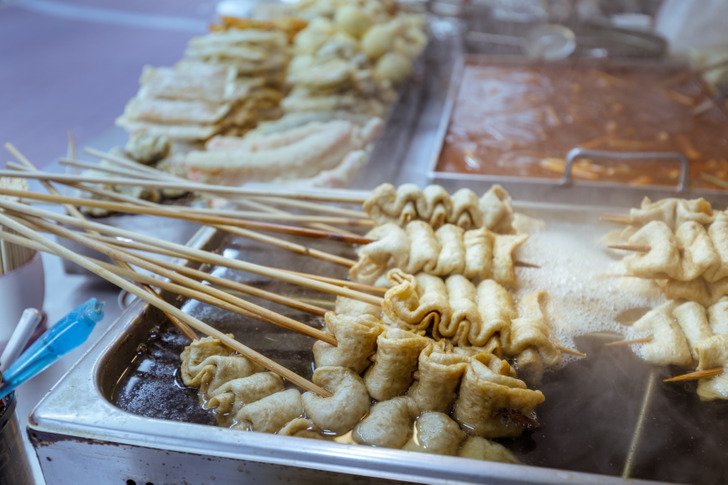A Guide to Korean Food
When thinking about Korean cuisine, the first thing that comes to mind in most people is kimchi. You might also think of rice, soup, and stew. But in fact, Korean cuisine is much more diverse. It consists of a huge amount of raw and fermented vegetables, seafood, meat, and poultry. All these ingredients create a wide variety of dishes for all tastes.
5-Minute Crafts will tell you about popular Korean dishes, so you always know what’s new and interesting to try next time you go to a Korean restaurant.
1. Bibimbap
This dish can be safely called the basis of Korean cuisine. The name of this dish literally means “mixed rice” and is a mixture of rice, vegetables, like cucumbers, soybean sprouts, radishes, spinach, and mushrooms, beef, gochujang (spicy chili paste), and a fried egg, seasoned with soy sauce and sesame seeds. Bibimbap is served neat, and it is eaten with a spoon. However, chopsticks can be used to mix all the ingredients.
2. Banchan
Banchan is a common name for the various side dishes served, as additions to the main course and rice, in small shallow bowls at the beginning of a traditional Korean meal.
The most popular types of banchan:
- Kong namul (Bean Sprouts). Kong namul consists of cooked bean sprouts and sesame oil. The most often eaten is the spicy variation.
- Gaji namul (Eggplant). Gaji namul is a basic side dish that is very easy to prepare. The dish consists of steamed eggplant seasoned with sesame oil and seeds.
- Gim (Dried Seaweed Laver). Gim is a thin seaweed-like paper that pairs well with rice and grilled meats. Gim is rich in calcium, vitamins, mineral salts, and iron.
- Musaengchae (Sweet and Sour Carrot Salad). Musaengchae has a sweet and sour taste. Usually, hot peppers or garlic are added to it to add spiciness.
- Hobak bokkeum (Stir Fried Zucchini). Hobak bokkeum consists of fried zucchini seasoned with fish sauce and sesame seeds. This side dish goes well with meat.
3. Kimchi
Kimchi is not just one of the side dishes for banchan. Kimchi is a dish that most fully reflects Korean cuisine and culture. Kimchi consists of fermented and salted Chinese cabbage and Korean radish and various seasonings like chili powder, green onions, garlic, ginger, and jeotgal (salted seafood).
There are hundreds of variations of kimchi made with a variety of vegetables as the main ingredient. It is considered the national dish of both North and South Korea.
4. Chap Chae
Chap Chae consists of glass noodles made with sweet potatoes or mung beans, colorful vegetables, and well-seasoned meats. This dish is eaten both hot and cold. Usually, the dish is seasoned with soy sauce and sesame oil. Chap Chae is served both as a side dish and as a main course on a bed of rice. Chap Chae is one of the most popular Korean festive dishes, often served on special occasions like weddings, birthdays, and holidays.
5. Mandoo
Mandoo is a generic term for Korean dumplings. The filling for these dumplings can be a variety of ingredients: pork, onion and kimchi, tofu, red beans, pork and ginger, mushrooms, seafood, cabbage. Mandoo can be boiled, deep-fried, pan-fried, steamed, or baked in the oven. Usually, soy or oyster sauce, as well as sesame oil, are served as an addition to this dish.
Mandoo is a symbol of good luck when cooked as part of the Korean Lunar New Year celebrations.
6. Samgyetang
Samgyetang is chicken ginseng soup. It consists of chicken meat stuffed with chestnuts, garlic, dried jujubes, ginseng, rice and gingko nuts. The ingredients are then slowly cooked until the meat is very tender and the thick broth has a slightly bitter but aromatic taste.
Samgyetang is traditionally cooked in the summer. Koreans traditionally eat it during the 3 hottest days in July and August to replenish energy lost due to the hot weather.
7. Jipangi
Jipangi is an ice cream put in J-shaped puffed canes that are made from 100% corn. This unusual shape makes ice cream incredibly popular among locals and tourists. Jipangi has 2 popular and common flavors: creamy vanilla and chocolate.
8. Bulgogi
Bulgogi is one of the most popular Korean meat dishes, not only in Korea but all over the world. This dish consists of thin slices of marinated beef sirloin, onion, green pepper, and garlic cooked on a grill. Typically, the meat for this dish is marinated in a mixture of soy sauce, sesame oil, black pepper, garlic, onion, ginger, and sugar for 2-4 hours to enhance the flavor and soften it.
Meat slices can be wrapped in lettuce or spinach. The dish is often served with spicy paste and kimchi.
9. Gimbap
This dish can easily be confused with Japanese sushi. Unlike sushi, Gimbap is convenient to eat on the go without chopsticks and soy sauce. Also, raw fish is not put in Gimbap.
The filling for this dish consists of sushi rice, meat, spinach, and fried vegetables wrapped in a seaweed roll. The roll is then cut into small discs and served with kimchi as a garnish. A good Gimbap should represent the full spectrum of colors and flavors.
10. Odeng
Odeng are cakes or strips made from fish paste. The paste itself consists of fish puree with starch, rice, or plain flour, sugar, and salt. 3 types of Odeng can be found in Korea:
- The first option is served simply on a stick in broth.
- In the second version, the paste is rolled onto sticks, deep-fried, and served with mustard sauce and ketchup.
- In the third variation, the fish cakes are served in a bowl of broth with a touch of chili, chopped green onions, and soy.
